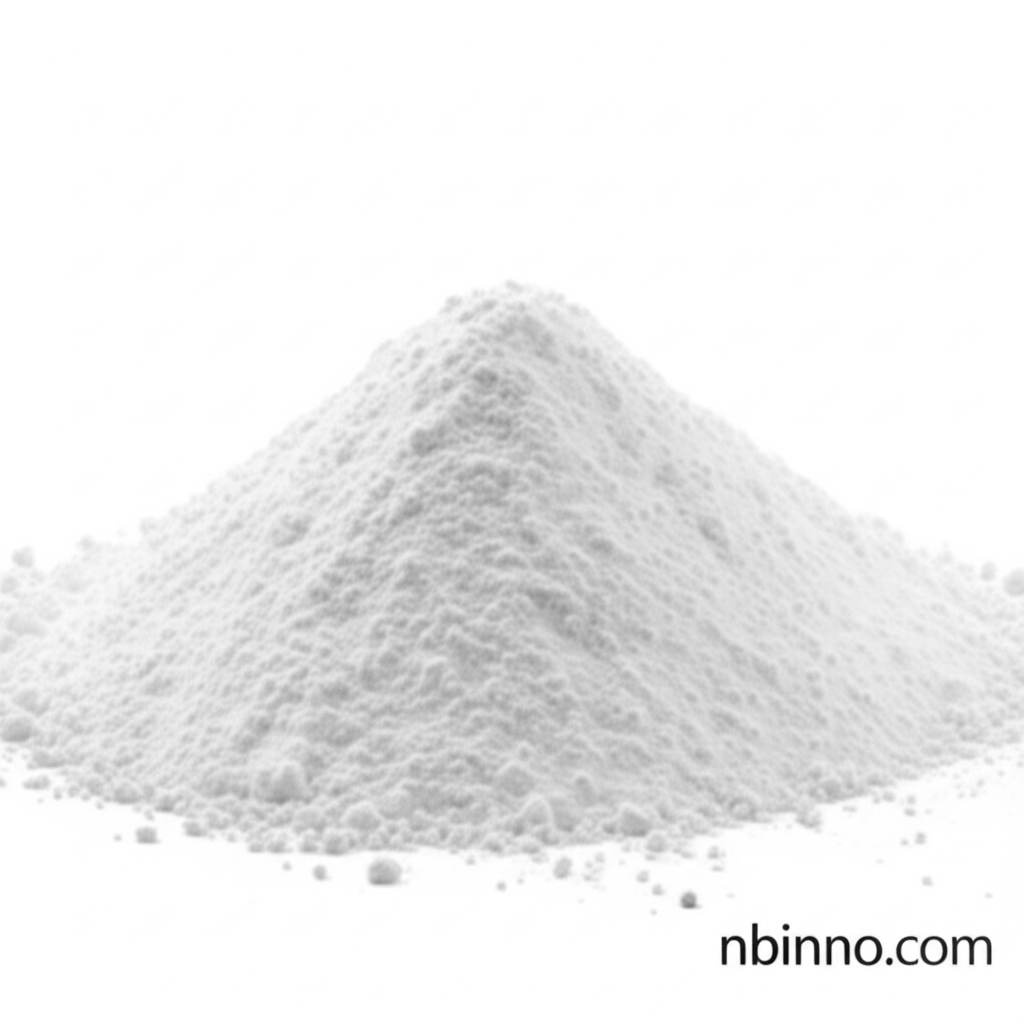Hydroxypropyl Methylcellulose (HPMC): Enhancing Construction Materials and Beyond
Discover the versatile applications and benefits of HPMC, a key ingredient in modern construction and various industries.
Get a Quote & SampleProduct Core Value

Hydroxypropyl Methylcellulose (HPMC)
Hydroxypropyl Methylcellulose (HPMC) is a versatile, non-ionic cellulose ether derived from natural cellulose. Its primary applications span across critical industries such as construction, pharmaceuticals, food, and cosmetics, where it serves as a vital additive to enhance product performance and stability.
- Excellent water retention properties are crucial for improving the workability and durability of cement-based materials, preventing premature drying and cracking.
- As a thickener and binder, HPMC significantly enhances the adhesion and consistency of mortars, tile adhesives, and plasters, making construction applications more efficient.
- In pharmaceutical formulations, HPMC acts as a binder and controlled-release agent, ensuring the stability and efficacy of medications.
- Its role as a stabilizer and emulsifier makes it valuable in food products and cosmetics, contributing to desired textures and shelf life.
Key Advantages Provided
Enhanced Workability
HPMC improves the plasticity and ease of application in cement-based mortars, making construction tasks smoother and quicker, contributing to improved construction efficiency.
Superior Water Retention
The high water retention of HPMC ensures adequate hydration of cementitious materials, leading to better mechanical strength development and reduced risk of cracking, especially in dry or hot conditions.
Increased Adhesion & Sag Resistance
HPMC enhances the bonding strength of mortars and adhesives to various substrates, while its anti-sagging properties ensure stable placement on vertical surfaces, crucial for applications like tile fixing and plastering.
Key Applications
Construction Industry
HPMC is indispensable in cement mortar, tile adhesive, wall putty, plastering, and EIFS, providing enhanced workability, water retention, and adhesion.
Pharmaceuticals
Used as a binder, film-former, and controlled-release agent in tablets and capsules, improving drug stability and therapeutic efficacy.
Food Industry
Acts as a thickener, stabilizer, and emulsifier in various food products, improving texture, consistency, and shelf life.
Cosmetics & Personal Care
Functions as a film-former and thickener in products like lotions and shampoos, enhancing texture, stability, and skin/hair feel.
